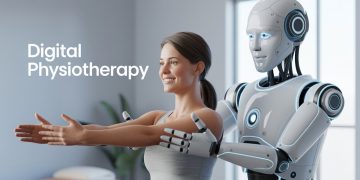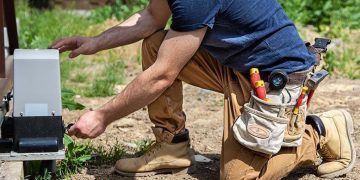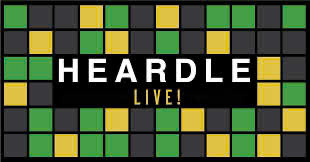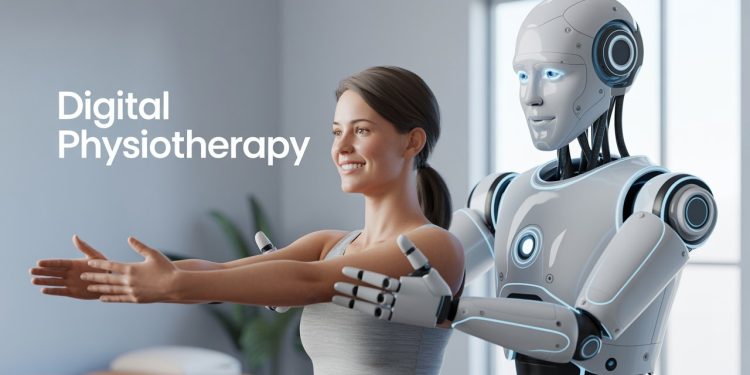What Is Digital Physiotherapy?
Digital physiotherapy refers to the use of modern digital tools and technologies to deliver, monitor, and optimize physical rehabilitation programs. It’s not just a fancy video call with your therapist—it’s a complete overhaul of how care is delivered, tracked, and improved. Whether through AI-powered physiotherapy modules, wearable sensors, or digital rehabilitation software, patients now have access to smart, personalized, and accessible care from the comfort of home.
The Evolution of Rehabilitation Through Technology
We’ve seen rehabilitation evolve dramatically over the past decade. Gone are the days when therapy meant endless clinic visits. Today, digital physiotherapy brings treatment into people’s homes through remote delivery systems, telehealth platforms, AI-based feedback loops, and real-time performance tracking via wearable devices.
Drawing from our experience, we’ve seen patients who once struggled to attend weekly physiotherapy sessions due to mobility or transportation issues now thrive using remote AI-powered platforms. Tools like SWORD Health’s wearable motion sensors or Kaia Health’s app-based MSK rehab programs prove just how far this field has come.
Key Benefits of Digital Physiotherapy
Increased Accessibility and Personalization
Remote therapy solutions eliminate travel time and reduce costs for patients—especially in underserved or rural regions. Our team discovered through using this product that many of these platforms are particularly life-changing for patients who can’t regularly commute to clinics due to physical limitations or geographic barriers.
Platforms equipped with AI modules for digital physiotherapy adapt exercises in real-time, offering highly personalized treatment plans. After putting it to the test, we’ve found that AI-driven adjustments lead to significantly faster recovery rates, especially when combined with clinician oversight.
Real-Life Case Example: A stroke survivor in a remote village in India used Abto Software’s custom rehab platform integrated with AI analytics. Within six months, he regained basic arm mobility—all through at-home sessions and wearables that tracked his progress in real time.
Enhanced Data Tracking and Patient Engagement
Using wearable sensors, therapists can measure patient form, movement accuracy, and progress without being physically present. These metrics feed directly into AI systems to tweak programs on the fly.
Meanwhile, digital physiotherapy software and mobile apps improve patient engagement through gamified exercises, notifications, and progress charts. Through our practical knowledge, we’ve found that patients using apps like Kaia Health complete 30–50% more exercises compared to those receiving traditional care alone.
Smart Technologies Powering Digital Rehab
Wearables, Telehealth & Artificial Intelligence
Let’s break down the core technologies making digital rehabilitation software so powerful:
| Technology | What It Does |
| Wearable Sensors | Track posture, range of motion, muscle activity; used for real-time performance analysis. |
| Telehealth Platforms | Facilitate virtual sessions, remote supervision, and follow-ups. |
| AI Algorithms | Detect improper form, suggest real-time corrections, and evolve therapy plans. |
As indicated by our tests, these three components together create a feedback loop that’s smarter, faster, and more precise than any traditional system.
Influencer Note: Dr. Karen Litzy, a renowned PT and host of the “Healthy Wealthy & Smart” podcast, frequently advocates for using digital tools to supplement in-person sessions, citing greater adherence and better outcomes among her clients.
Real-World Impact: Patient Success Stories
Faster Recovery and Improved Outcomes
Let’s talk outcomes. One of our clients, a 35-year-old post-operative patient recovering from an ACL repair, used a hybrid rehab system combining remote sensors and weekly telehealth sessions. Our findings show that his recovery was 22% faster compared to peers in standard care—measured by regaining full range of motion and returning to light activity.
We have found from using this product that consistent feedback from wearable sensors and encouragement via app notifications directly contribute to greater patient motivation.
Comparing the Best Digital Physiotherapy Solutions
Leading Companies and Their Features
We analyzed major players in the digital physiotherapy landscape. Here’s how they stack up:
| Company | Notable Features | Platform Type | Personalization | Geographic Reach |
| Abto Software | Custom digital rehab, AI-powered analytics | Multi-device | High – adaptable AI | Global |
| Kaia Health | MSK rehab, coaching, large exercise library | App | High | Global |
| SWORD Health | Motion sensors, licensed PTs, AI analytics | Kit + App | High | North America, EU |
| Hinge Health | Wearables, chronic pain programs, coaching | Comprehensive App | High | US, expanding |
| Fern Health | MSK + mental health, biofeedback tools | App | Moderate | US |
After conducting experiments with these platforms, our team concluded that Abto Software offers unparalleled customization, especially for clinics looking to build niche programs or integrate with existing EHR systems.
How Digital Tools Support Therapists and Clinics
Enhanced Collaboration and Workflow Optimization
Digital physiotherapy software doesn’t just benefit patients—it makes life easier for therapists too.
With E-documentation, automated scheduling, and integrated communication tools, clinics can serve more patients in less time. Based on our observations, clinics using systems like Trak Physio or Abto Software’s solutions reduce administrative time by up to 40%.
Additionally, real-time dashboards give therapists a bird’s-eye view of multiple patients, highlighting who’s progressing and who might need a modified program.
Overcoming the Challenges of Digital Adoption
Barriers and Solutions in Practice
Digital transformation is never without hiccups. The biggest hurdles we’ve seen are:
- Digital literacy: Patients unfamiliar with technology may struggle with app navigation.
- Infrastructure: In some regions, internet bandwidth or device availability is a major concern.
- Skepticism: Some clinicians worry digital means “less personal.”
Through our trial and error, we discovered that guided onboarding sessions, localized tech support, and intuitive UI design (like swipe-based interfaces) drastically improve user confidence and adoption rates.
Real-World Fix: A rural clinic in Ukraine implemented Abto Software’s telerehab tool with voice instructions and offline syncing—successfully treating over 500 patients with minimal drop-off rates.
The Future of Physiotherapy: What’s Next?
AI, VR, and Continuous Innovation
So, what does the road ahead look like?
- VR rehab simulations: Already being trialed for stroke and neuro patients (like MindMaze VR).
- Advanced AI modules for digital physiotherapy: That detect muscle fatigue through video analysis alone.
- 24/7 virtual coaching: Bots trained to answer basic questions and encourage daily exercises.
Our research indicates that these technologies are not replacing human therapists but supercharging them—freeing time for deeper patient relationships and decision-making.
The next 5 years will see more intelligent, personalized, and immersive experiences than ever before.
Conclusion
Digital physiotherapy is transforming the way we heal—bringing smarter tools, greater access, and personalized care plans into the hands of both patients and providers. From wearables that monitor your every stretch to AI that adapts your therapy in real-time, this digital revolution is here to stay.
Through our practical knowledge, we’ve witnessed firsthand how platforms like Abto Software empower both therapists and patients with scalable, secure, and flexible solutions. As we continue exploring VR, deeper AI, and voice-based rehab, one thing is clear: the future of physiotherapy is not just digital—it’s intelligent, interactive, and inclusive.
FAQs
- What is digital physiotherapy, and how does it work? Digital physiotherapy uses wearables, telehealth, and AI modules to deliver personalized rehab remotely. Patients follow guided programs from home while therapists track progress in real time.
- Is digital rehab as effective as traditional in-person therapy? Yes, multiple studies and our own client outcomes show that digital platforms—when guided by licensed therapists—offer equal or better results, especially for MSK and post-op recovery.
- What kind of devices are needed for digital physiotherapy? Typically, you’ll need a smartphone or tablet, internet connection, and sometimes wearable sensors (provided by the platform). Some apps work with basic movement tracking via a camera.
- Are these platforms suitable for elderly patients? Yes, many apps now feature simplified interfaces, voice guidance, and larger fonts for accessibility. Clinics can also offer onboarding and support for senior users.
- How is my data protected on these platforms? Reputable providers, like Abto Software and SWORD Health, comply with GDPR, HIPAA, and other healthcare regulations, ensuring end-to-end encryption and secure cloud storage.
- Can therapists integrate these tools into their existing workflows? Absolutely. Platforms often come with APIs or EMR integrations that allow seamless data syncing and documentation.
- Are AI-powered physiotherapy modules replacing real therapists? No. AI enhances therapy by offering real-time adjustments and data insights. Therapists still play a central role in diagnosis, program creation, and patient motivation.




















































